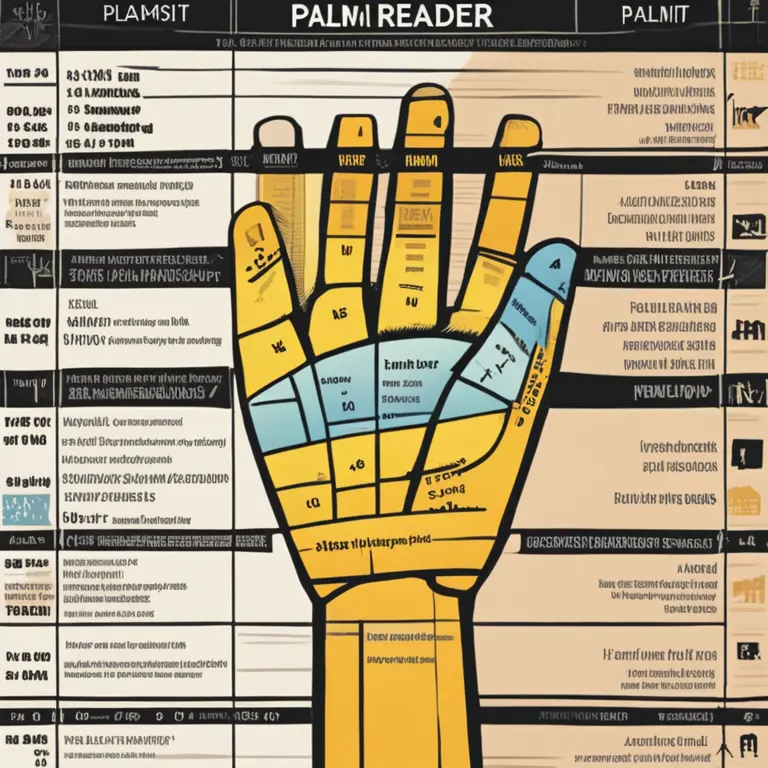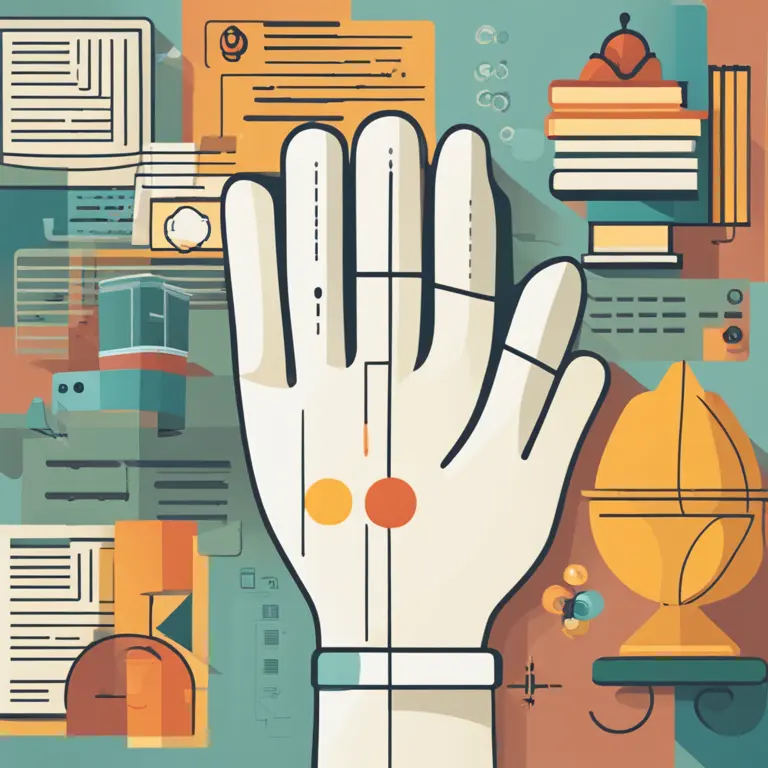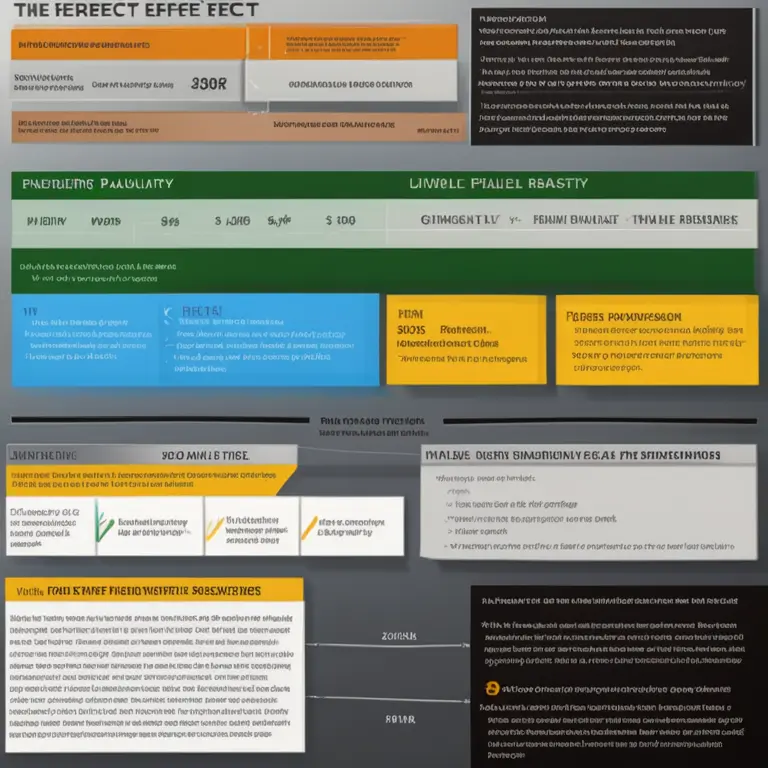
The Myth of Palmistry: A Rational Perspective
Exposing palmistry—this article dissects the practice of palm reading and explains why it fails to line up with scientific understanding.
article by Nora Pennington
Peering into Palmistry's Promises
Palmistry, or chiromancy, is an ancient practice that suggests an individual's palm holds the key to predicting their future and revealing their personality traits. Proponents claim that by examining the lines, shapes, and mounds of the hands, one can decipher life events, character, and even fate. However, as we continue to embrace evidence-based understanding in the modern era, the concept of palmistry faces scrutiny from the scientific community. The lack of empirical evidence and reproducible results positions palmistry more as an entertainment form rather than a substantive discipline.

Unfolding the Facts
When evaluating the validity of palmistry, the first stop is the scientific method, which demands consistent and replicable findings. Despite ample opportunities, palm readings often yield different interpretations from different readers. Moreover, scientific investigations into the practice have repeatedly shown that palm readings are not accurate predictors of personal outcomes or character. This inconsistency serves as a crucial argument against the reliability of palmistry and highlights its precarious relationship with actual science.

The Forer Effect at Play
A pivotal reason palmistry endures is due to a psychological phenomenon known as the Forer effect. This principle illustrates how individuals give high accuracy ratings to descriptions of their personality that supposedly are tailored specifically for them but are, in fact, vague and general enough to apply to a wide range of people. Palmistry readings often exploit this effect by providing generalized narratives that clients find personally meaningful although they are not specifically tailored or scientifically grounded.

Critical Thinking and Confirmation Bias
Another cognitive bias that fuels the belief in palmistry is confirmation bias. People tend to remember the 'hits' or accurate predictions while forgetting the numerous 'misses.' This selective recall, combined with a desire to find patterns and meaning in life, can make palmistry seem more credible than it is. Critical thinking encourages us to question such practices and subject them to the same level of scrutiny as we would any other claim that lacks scientific backing.

The Placebo Effect in Action
The placebo effect, widely recognized in medicine, can also shed light on why people may believe in the efficacy of palmistry. If individuals believe that a palm reading can bring about change or insight, they may feel different or act in a way that coincides with the reading simply based on that belief, not because the reading holds any intrinsic truth. Understanding the placebo effect is crucial in deconstructing the apparent 'success' of palm readings.
The Appeal of Personal Insight
The universal human quest for self-discovery and future forecasts fuels the allure of palmistry. It presents an easy and mystical solution to complex life questions. However, the real journey to self-understanding involves introspection and often, hard work, which doesn't always align with the quick answers offered by palm readings. In the age of information, more people are turning to psychology and personal development methods that showcase tangible and research-backed results.
Palmistry: A Social and Historical Artifact
It's important to honor palmistry's role in cultural history and social interactions while distinguishing between traditional practices and scientific truths. While palmistry may serve as a touchstone for community and conversation, categorizing it alongside empirical sciences fails to recognize the necessity of testable and verifiable claims that underpin our technological and medical advancements.
Published: 1/11/2024
Modified: 1/12/2024
More predictions
Come back here soon to learn more about yourself and your future


The Essence of Palmistry: Interpreting Lines and Shapes
Delve into the world of palmistry to discover the meanings behind the lines and shapes etched into the palms of your hands.


The Efficacy of Palmistry: Real Insight or Fancy?
Delve into the validity of palmistry as a form of divination. Is there a truth behind the lines on our palms, or is it just a charming fancy?


Palmistry: The Historical Overview
Delve into the dawn of palmistry and trace its journey through the corridors of time, uncovering the roots of this ancient practice.